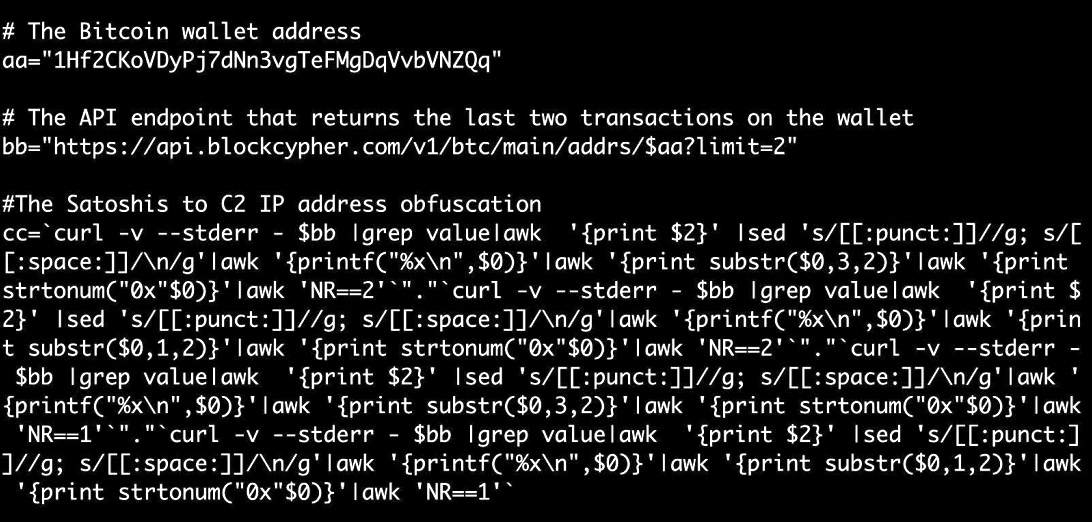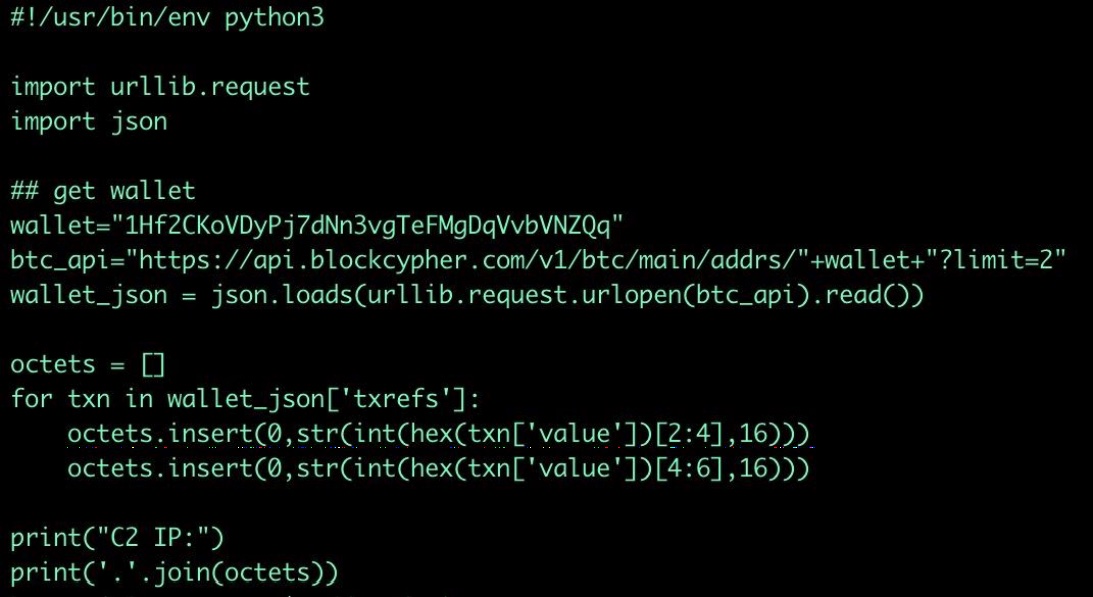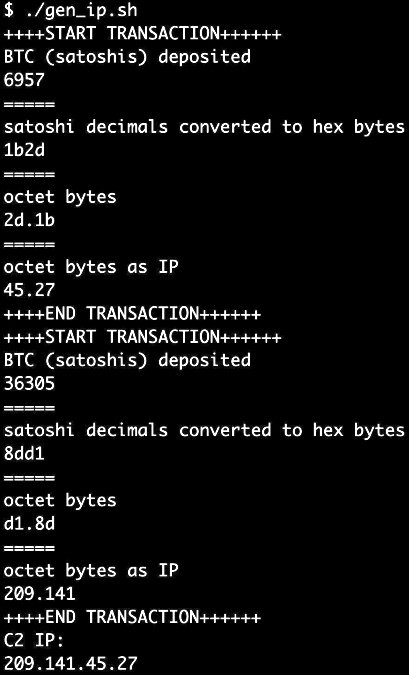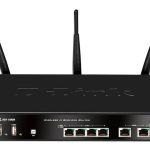When hackers corral infected computers into a botnet, they take special care to ensure they don’t lose control of the server that sends commands and updates to the compromised devices. The precautions are designed to thwart security defenders who routinely dismantle botnets by taking over the command-and-control server that administers them in a process known as sinkholing.
Recently, a botnet that researchers have been following for about two years began using a new way to prevent command-and-control server takedowns: by camouflaging one of its IP addresses in the bitcoin blockchain.
Impossible to block, censor, or take down
When things are working normally, infected machines will report to the hardwired control server to receive instructions and malware updates. In the event that server gets sinkholed, however, the botnet will find the IP address for the backup server encoded in the bitcoin blockchain, a decentralized ledger that tracks all transactions made using the digital currency.
By having a server the botnet can fall back on, the operators prevent the infected systems from being orphaned. Storing the address in the blockchain ensures it can never be changed, deleted, or blocked, as is sometimes the case when hackers use more traditional backup methods.
“What’s different here is that typically in those cases there’s some centralized authority that’s sitting on the top,” said Chad Seaman, a researcher at Akamai, the content delivery network that made the discovery. “In this case, they’re utilizing a decentralized system. You can’t take it down. You can’t censor it. It’s there.”
Converting Satoshi values
An Internet protocol address is a numerical label that maps the network location of devices connected to the Internet. An IP version 4 address is a 32-bit number that’s stored in four octets. The current IP address for arstechnica.com, for instance, is 18.190.81.75, with each octet separated by a dot. (IPv6 addresses are out of the scope of this post.)






 Loading comments...
Loading comments...
